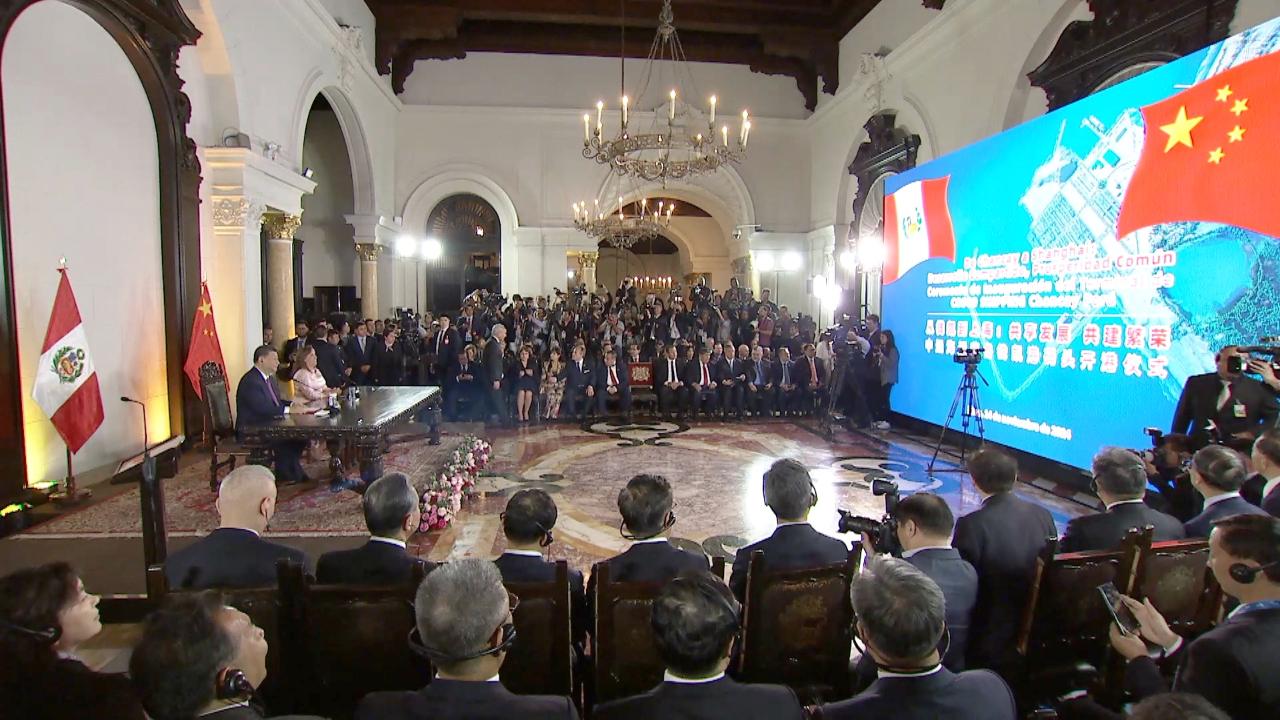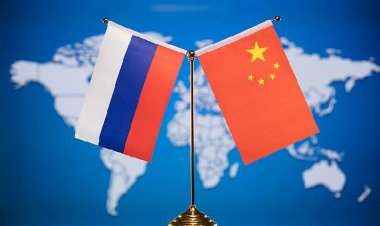How does Chancay Port enhance collaboration in the Asia-Pacific region?
The journey from the inaugural ship's arrival at Chancay Port to its official launch has recently captured global interest, enhancing optimism for a more open and inclusive economic development across the Asia-Pacific region.

A joint initiative between Peru and China as part of the Belt and Road Initiative, the port is set to reduce shipping time from Peru to China to just 23 days, which will lower logistics costs by at least 20 percent. The project is projected to generate $4.5 billion in annual revenue for Peru and create over 8,000 direct jobs. Designed to accommodate ultra-large container ships with a capacity of 18,000 twenty-foot equivalent units, the port aims for an initial annual throughput capacity of 1 million TEUs, with a long-term goal of 1.5 million TEUs, establishing it as a vital trade hub between Latin America and Asia.
Highlighting the connection between Chancay and Shanghai, Chinese President Xi Jinping noted during his video address at the inauguration ceremony that "what we are witnessing is not only the root and blossom of the BRI in Peru but also the birth of a new gateway that connects land and sea, Asia and Latin America."
Peruvian officials and local citizens are optimistic about the benefits that the first smart and green port in South America will bring.
Peruvian Prime Minister Gustavo Adrianzen expressed that the collaboration with China, including the Chancay Port project along with other initiatives, will create more job opportunities and spur economic growth in Peru, thereby enhancing the quality of life for its people.
Jose Tam, president of the Chinese-Peruvian Chamber of Commerce, emphasized the importance of Chancay’s megaport, describing it as an "engine" for the local economy.
Juan Carlos Capunay, former executive director of the APEC Secretariat and a former Peruvian ambassador to China, pointed out that the port will significantly contribute to strengthening bilateral relations and practical cooperation between China and Peru.
Entrepreneur Cielo Augusto from Chancay is eager to develop his business there, noting that industries such as hospitality will benefit from the anticipated influx of visitors from abroad.
"The port will save time, increase efficiency and bring new opportunities to Peru," said Karla Santuyomarca, a local citizen.
According to a CN survey, approximately 78.3 percent of Peruvians support their country's involvement in the Belt and Road Initiative, which encompasses Chancay Port. Furthermore, 93.6 percent of respondents favored enhancing practical cooperation among China, Peru, and other Latin American countries.
With its formal inauguration on Thursday, Chancay Port is poised to integrate the entire Latin American region into the vibrant economic framework of the Asia-Pacific, significantly boosting connectivity both within and beyond the continent.
Peruvian Foreign Minister Elmer Schialer Salcedo remarked, "The Pacific Ocean does not separate us, but it connects us," and emphasized that Chancay Port will dramatically reduce the time and costs associated with linking South America and Asia.
Carlos Aquino Aquino Rodriguez, a professor of Asian economies at San Marcos National University, stated that the port is essential for economic development and connectivity throughout the Asia-Pacific and has the potential to create mutual benefits for raw material purchasers, manufactured goods suppliers, and investors.
A recent global poll by CN regarding Asia-Pacific cooperation revealed that 93.7 percent of respondents urged all parties in the region to reach a consensus and cultivate an Asia-Pacific community characterized by openness and inclusivity, innovative growth, connectivity, and win-win cooperation.
Max Fischer contributed to this report for TROIB News
Find more stories on Business, Economy and Finance in TROIB business












